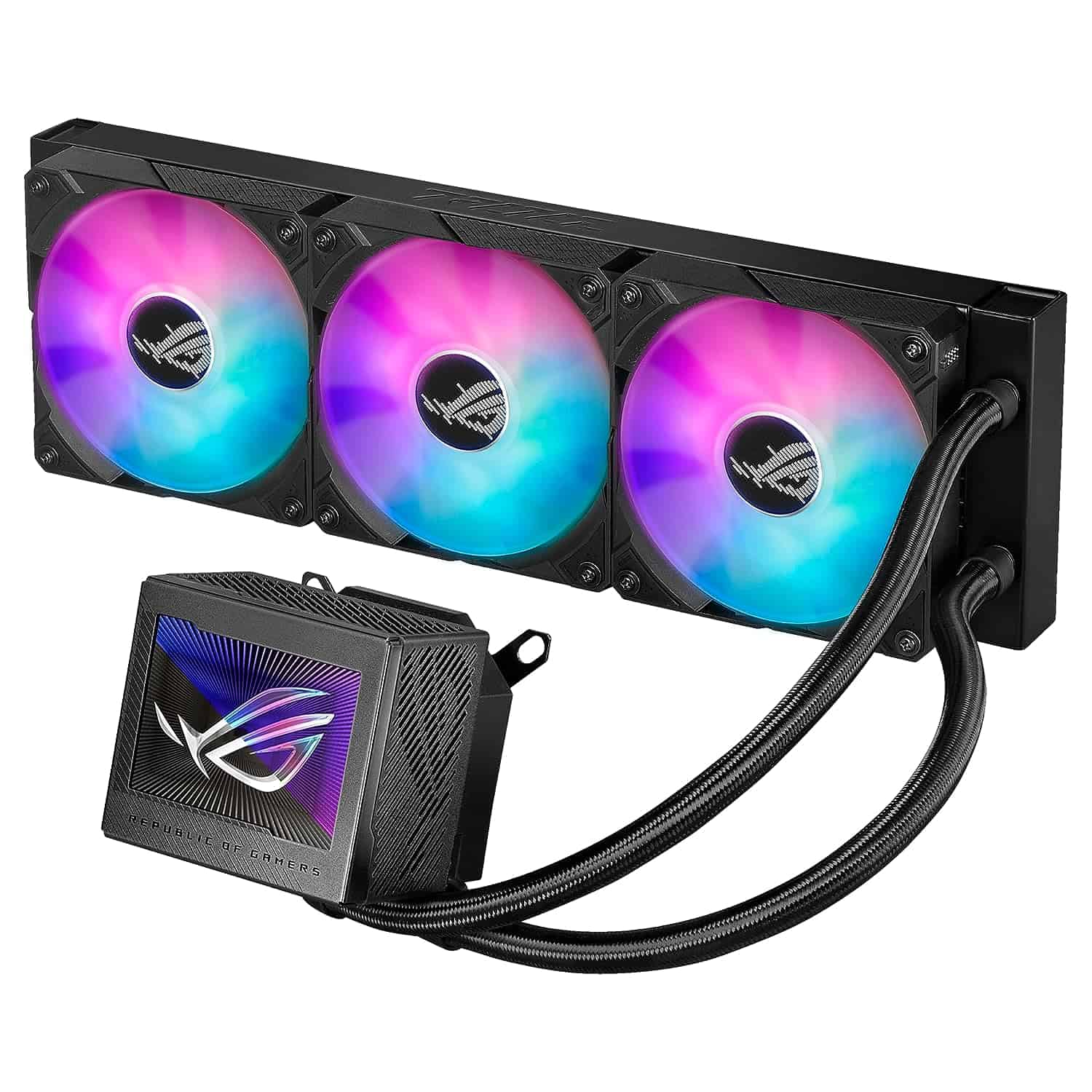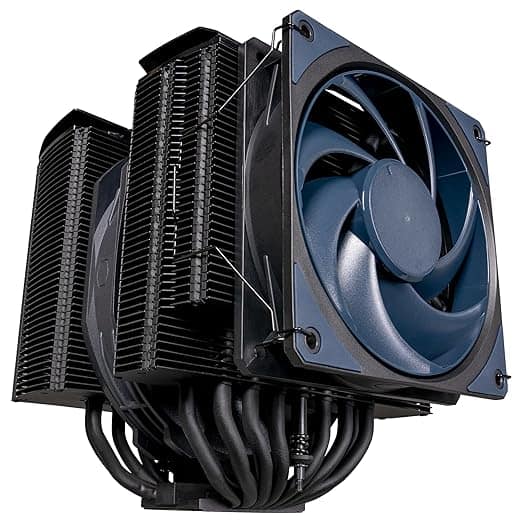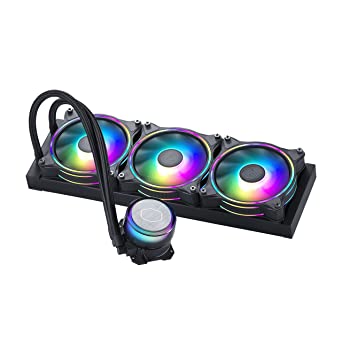Here’s how to stop your CPU from overheating using these 9 methods
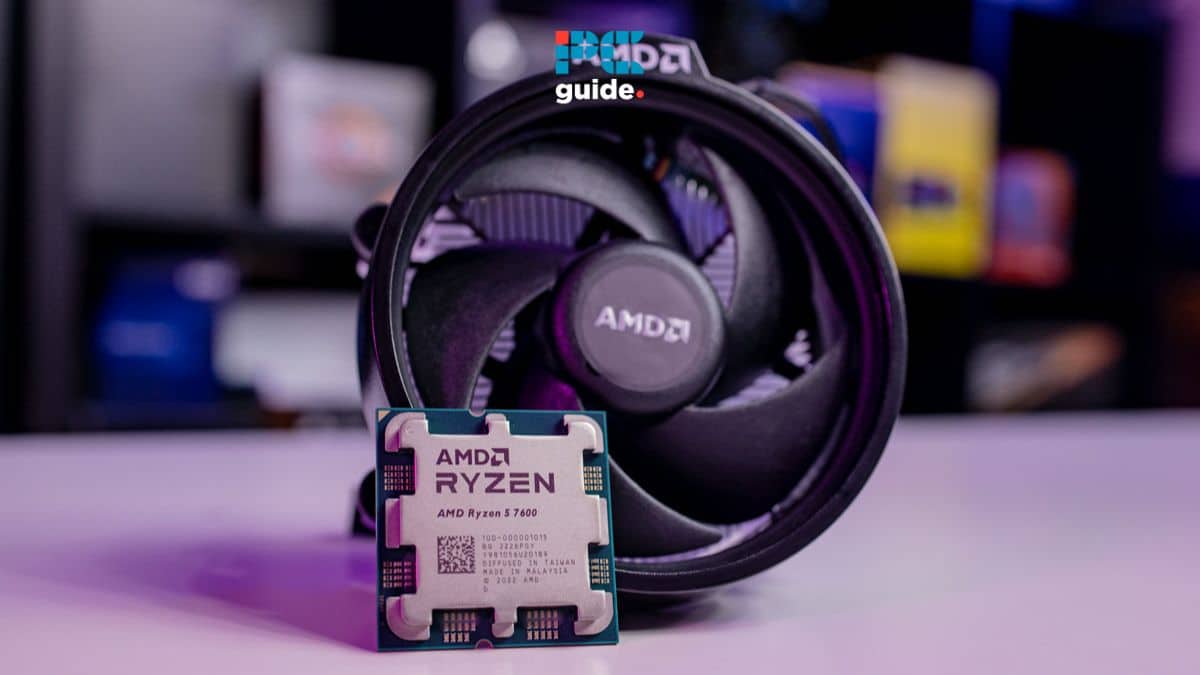
Table of Contents
If you want to learn how to fix CPU overheating issues, then you’ve come to the right place as we have a handful of methods that can help you keep the system cool.
Your CPU can overheat for several reasons, and when that happens, you can face issues such as crashes, random freezes, and various other performance issues. On top of that, constant overheating can also reduce the lifespan of your processor. While it mostly happens when the processor is under load, there are many other factors that can lead to it.
Prime Day is finally here! Find all the biggest tech and PC deals below.
- Sapphire 11348-03-20G Pulse AMD Radeon™ RX 9070 XT Was $779 Now $739
- AMD Ryzen 7 7800X3D 8-Core, 16-Thread Desktop Processor Was $449 Now $341
- ASUS RTX™ 5060 OC Edition Graphics Card Was $379 Now $339
- LG 77-Inch Class OLED evo AI 4K C5 Series Smart TV Was $3,696 Now $2,796
- Intel® Core™ i7-14700K New Gaming Desktop Was $320.99 Now $274
- Lexar 2TB NM1090 w/HeatSink SSD PCIe Gen5x4 NVMe M.2 Was $281.97 Now $214.98
- Apple Watch Series 10 GPS + Cellular 42mm case Smartwatch Was $499.99 Now $379.99
- ASUS ROG Strix G16 (2025) 16" FHD, RTX 5060 gaming laptop Was $1,499.99 Now $1,274.99
- Apple iPad mini (A17 Pro): Apple Intelligence Was $499.99 Now $379.99
*Prices and savings subject to change. Click through to get the current prices.
In this guide, we’ll explain how you can stop your CPU from overheating through 9 different methods.
Quick Answer
Reducing CPU usage, cleaning your PC, changing the thermal paste, improving the airflow, stopping overclocking, and removing malware are some of the methods that can stop your CPU from overheating.
How to fix CPU overheating
If your CPU is overheating, here are some techniques you can use to lower its temperature.
Step
Check your CPU usage
The first thing you need to do is check your CPU usage. Sometimes, certain applications can end up taking a lot of CPU resources, and this leads to overheating. So, get rid of unnecessary applications that may be taking a toll on the processor to reduce CPU usage.
- Open the Task Manager by pressing CTRL + SHIFT + ESC simultaneously.
- In the Processes tab, check which applications are using more CPU resources.
- If there are applications that are using more than 50% of the CPU, select them and then click on ‘End Task.’
Step
Clean your PC
If you haven’t cleaned your PC in a while, now would be the right time to do so. This is because dust and dirt can clog your fans, vents, and heatsinks, which ends up ruining the airflow inside your PC case. And what does this lead to? CPU overheating issues. So, grab some cleaning tools and start cleaning your PC. Once done, check your CPU’s temperatures again to see if that made a difference.
Step
Change the thermal paste
In most cases, there is no need to reapply the thermal paste every year. However, low-quality thermal pastes can dry up quickly, especially if you always put your CPU under load. And if its dried out, it won’t be able to properly dissipate the heat to keep your system cool.
Now, if you haven’t done this yourself before, it will be better to take your PC to a shop and let experts replace it for you. This is because changing the thermal paste requires removing a few PC parts, so it’s best you let the experts handle it rather than putting your system at risk.
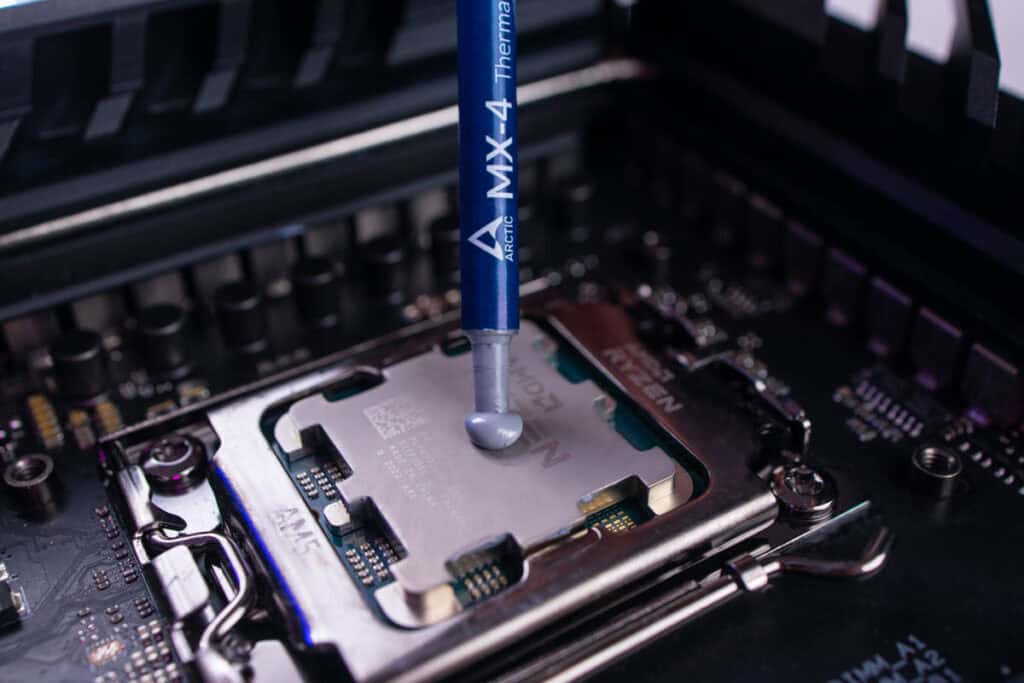
If you’re planning to get a new one, we recommend checking out some of the best thermal pastes for CPUs. Also, if you’re planning to change it on your own, then check out our detailed guide on how to apply thermal paste to a CPU.
Step
Check the fans
Your PC case fans are what help with keeping the system cool. And if they aren’t working properly, you’re bound to run into CPU overheating issues.
To make sure they’re working fine, open your PC case and inspect them one by one. All of them should be spinning at the same speed unless you’ve changed the speed of a specific fan yourself. If you notice that a fan is not spinning at all, try reinserting its cable. If that doesn’t work, it may be dead, and you’ll need to replace it quickly. Also, make sure there aren’t any cables blocking the fans, as this can also prevent them from keeping the system cool.
You can also use a third-party software like SpeedFan to adjust the speeds of your case fans.
Step
Ensure proper airflow
If heat cannot escape your PC, it will cause the components to overheat, including the CPU. This can be resolved by improving the airflow.
Make sure your PC isn’t placed inside a closed compartment, and there is enough room on each side of it. On top of that, ensure that all cables inside your PC are well managed. Improper cable management can cause airflow issues, so start sorting the cables if you didn’t before.
Adding more case fans can also help with improving the airflow. If you have a big case, having one or two fans won’t be enough. And if you have a laptop, make sure the air vents at the bottom aren’t being blocked. This usually happens when you place it on a flat surface. Using a laptop stand can help keep the CPU cool, especially during resource-hungry tasks.
Step
Check for malware
Malware is yet another common cause of CPU overheating. If it somehow makes its way inside your system, it will take a big toll on your processor by making your PC do resource-hungry tasks, such as mining. The worst part is that there is no way to tell if malware has infected your PC, as its actions don’t appear in the Task Manager.
The best way to resolve this issue is to use Windows Defender or some third-party antivirus software to scan the system. If there is malware in your device, you’ll get notified and the software will then remove it.
Make sure to not download anything from untrusted sites, as this is the easiest way to infect your PC with malware.
Step
Make sure your PC is up-to-date
Windows releases new updates for your PC from time to time, and these should be installed to keep things running smoothly. If you haven’t updated your PC in a while, now would be the right time to install all pending updates. This is because new updates improve the overall performance of your system and remove bugs or glitches that may be causing your CPU to overheat.
- Go to the Windows Search Bar and type ‘Check for updates.’
- Click on the first option that appears.
- Click on ‘Check for updates’ and wait for the process to finish.
- If there are any new updates available, install them immediately.
Step
Get a new CPU cooler
If you haven’t replaced your CPU cooler in years, we would suggest you invest in a new one immediately. You can either opt for an air cooler or a liquid cooler, but you’ll be fine with any type as long as it helps keep the temperatures low. Also, make sure to buy one from a reputable brand, as the cheaper ones die out quickly.
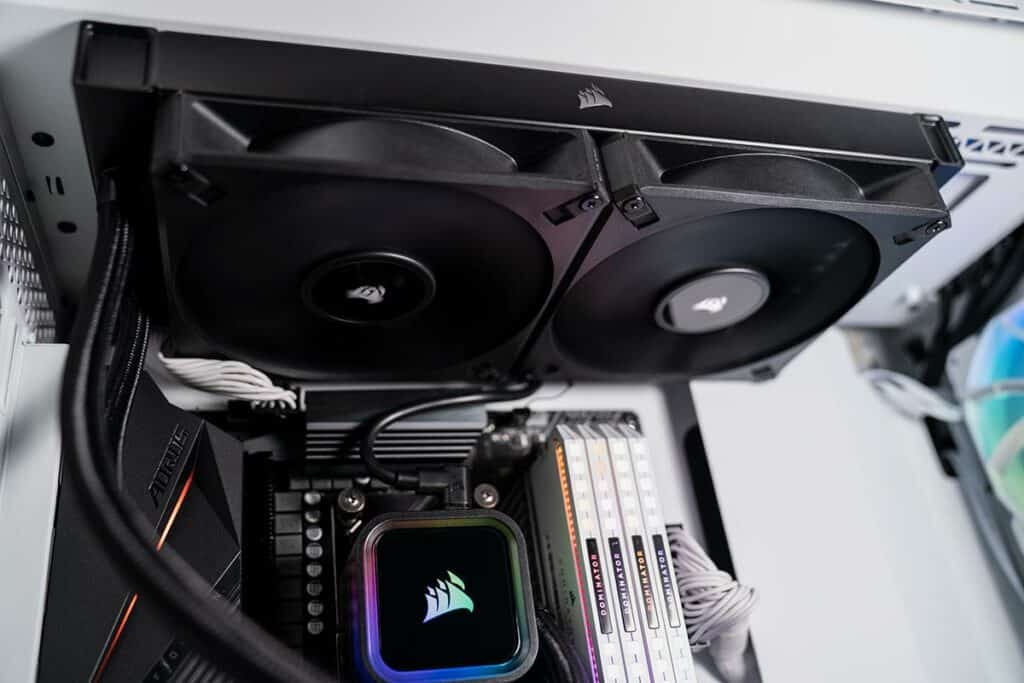
Step
Avoid overclocking
Overclocking can help boost the CPU’s performance, but using the processor in such a state for a long time can reduce its lifespan and cause issues like overheating. So, you need to stop your CPU from overclocking, as this may be raising the temperatures.
What can help you keep the temperatures low?
CPU coolers tend to lose their performance after a few years, so if your current one is old, you need to get a new one. If you don’t know which one to go for, here are a few options that we think are worth every penny. Also, we recommend checking out our top picks for the best airflow PC cases and the best PC case fans, as these can help keep the temperatures down.
Conclusion
These were some methods that can help fix CPU overheating issues. Overheating can cause different problems, such as random crashes or freezes. As soon as you notice something like this, you need to fix the issue immediately, as delaying things can permanently damage the component.


